Tonight (Sept. 7–8, 2025), the moon will slip into Earth’s shadow for a total lunar eclipse — creating a dramatic ‘blood moon’.
It’s completely safe to watch with the naked eye; no filters or glasses are needed. All you need to do is make sure you find the moon at the right time, sit back, relax and enjoy the show.
If you live outside of the viewing area or can’t make it outside to view the eclipse live, luckily you can watch the blood moon total lunar eclipse on Sept. 7 with these free livestreams, or right here at Space.com. You can also follow along with our lunar eclipse live blog for updates, images and milestones as the eclipse unfolds. Find everything you need to know about the total lunar eclipse with our comprehensive September 2025 total lunar eclipse guide.
Asia and Western Australia get the full show. Much of Europe and Africa will see the moon already in totality as it rises, while the Americas will miss out this time. Altogether, over 7 billion people will be in range of at least part of the eclipse, according to Time and Date.
When to look
The eclipse runs from 11:28 a.m. EDT (15:28 GMT) to 4:55 p.m. EDT (20:55 GMT). The highlight is the unusually long 82 minutes of totality, lasting from 1:30 p.m. to 2:52 p.m. EDT (17:30 to 18:52 GMT).
This eclipse occurs just 2.7 days before the moon reaches perigee, or its closest point to Earth. That makes the moon appear slightly larger than usual, adding to the spectacle.
Viewing tips for tonight
- Beat the clouds: Check your local forecast and have a nearby backup spot.
- Give it time: The drama builds slowly — plan to watch before, during and after totality.
- Low horizon? In parts of Europe, the moon rises already eclipsed. Pick an observing spot with a clear view of the eastern horizon.
- No kit required: Binoculars help with detail, but aren’t essential.
Because the moon will sit deep within Earth’s umbra — the darkest part of our planet’s shadow — expect a rich, dark red hue during totality. Lunar eclipses can vary in brightness depending on Earth’s atmosphere, but this one is forecast to be particularly striking.
Credit: www.space.com

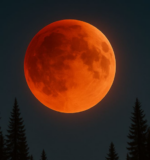

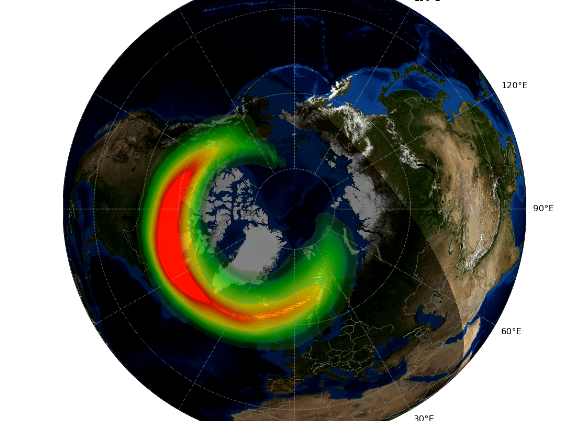
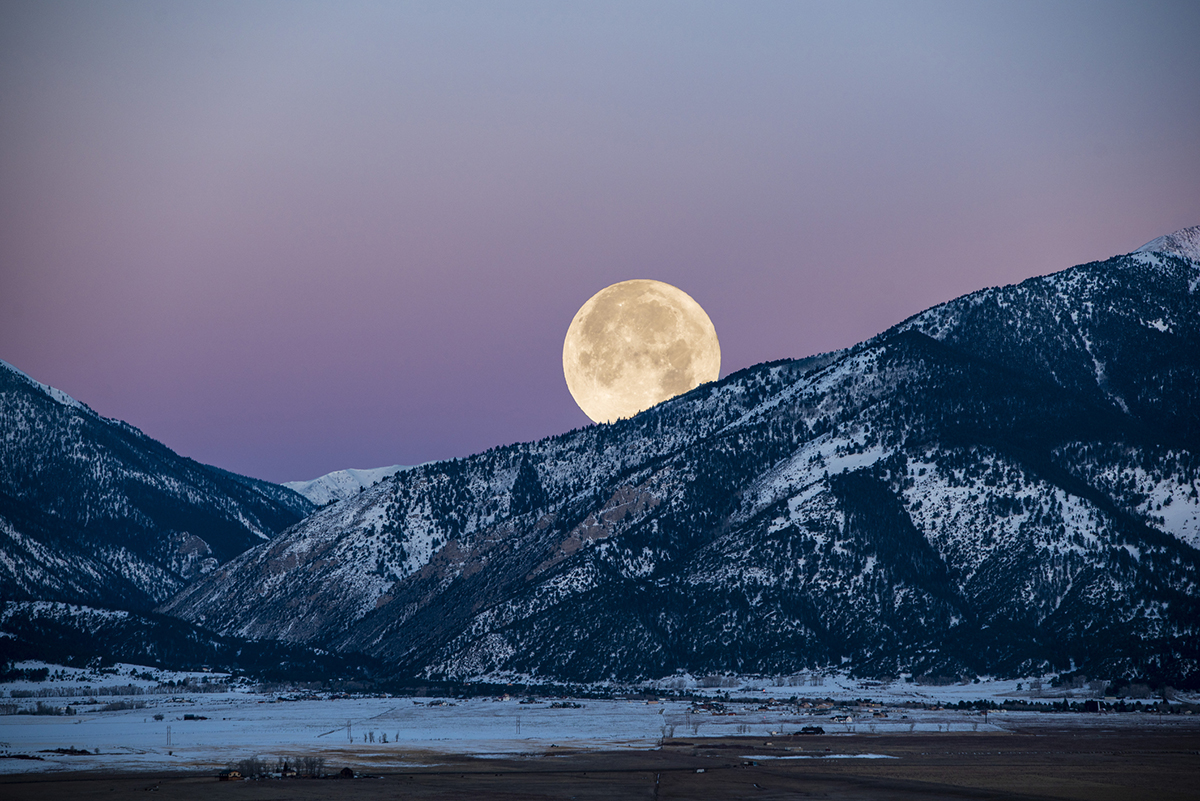

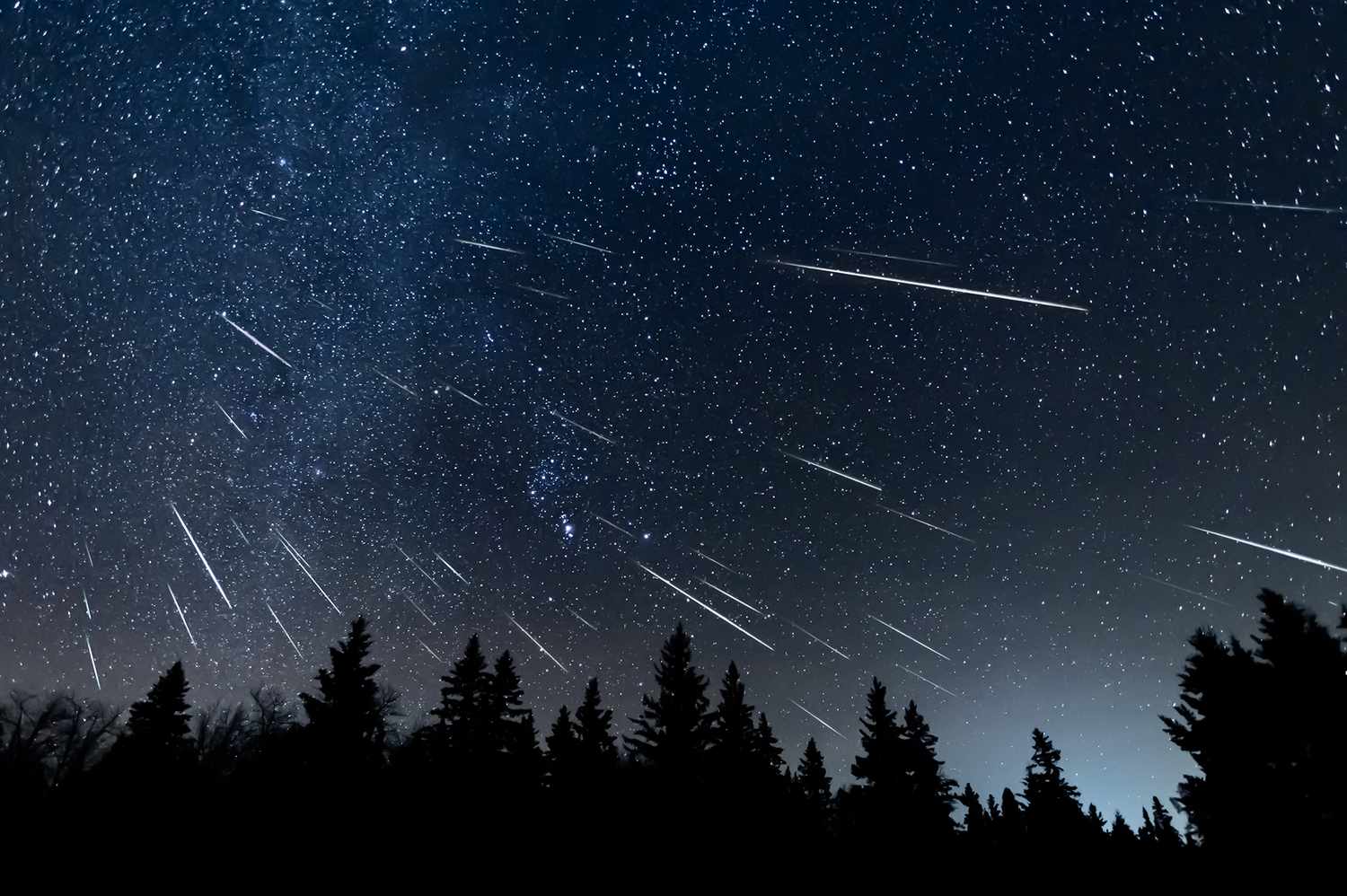


 Photographer Finds Locations Of 1960s Postcards To See How They Look Today, And The Difference Is Unbelievable
Photographer Finds Locations Of 1960s Postcards To See How They Look Today, And The Difference Is Unbelievable  Hij zet 3 IKEA kastjes tegen elkaar aan en maakt dit voor zijn vrouw…Wat een gaaf resultaat!!
Hij zet 3 IKEA kastjes tegen elkaar aan en maakt dit voor zijn vrouw…Wat een gaaf resultaat!!  Scientists Discover 512-Year-Old Shark, Which Would Be The Oldest Living Vertebrate On The Planet
Scientists Discover 512-Year-Old Shark, Which Would Be The Oldest Living Vertebrate On The Planet  Hus til salg er kun 22 kvadratmeter – men vent til du ser det indvendigt
Hus til salg er kun 22 kvadratmeter – men vent til du ser det indvendigt  Superknepet – så blir snuskiga ugnsformen som ny igen!
Superknepet – så blir snuskiga ugnsformen som ny igen! 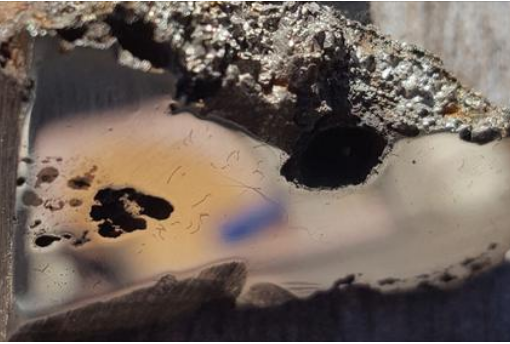 Meteorite That Recently Fell in Somalia Turns Out to Contain Two Minerals Never Before Seen on Earth
Meteorite That Recently Fell in Somalia Turns Out to Contain Two Minerals Never Before Seen on Earth  Nearly Frozen Waves Captured On Camera By Nantucket Photographer
Nearly Frozen Waves Captured On Camera By Nantucket Photographer 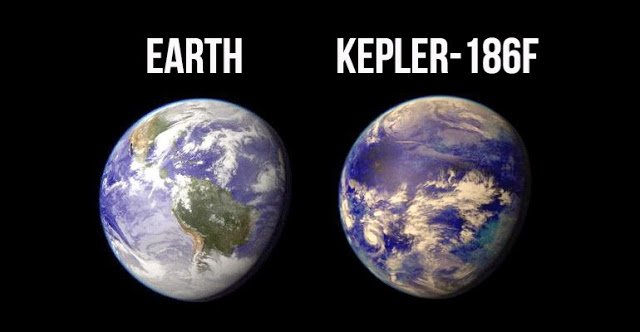 It’s Official: Astronomers Have Discovered another Earth
It’s Official: Astronomers Have Discovered another Earth 